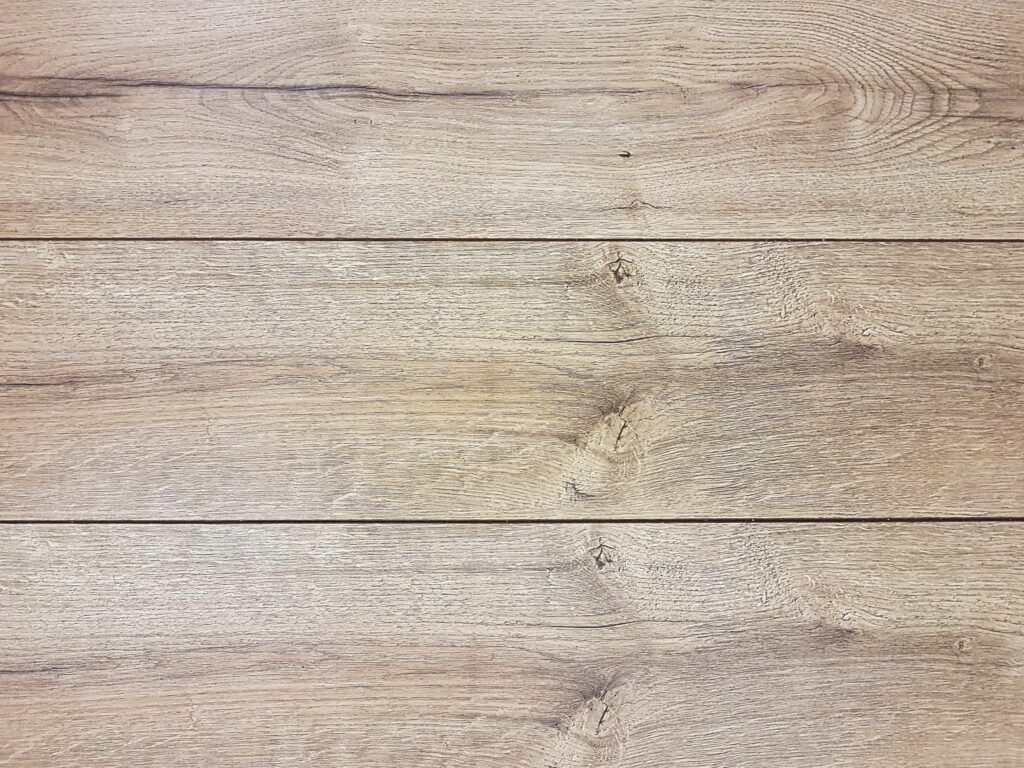When it comes to renovation, sanding the parquet floor is an essential step before any waxing, oiling, or varnishing work. This process ensures a perfect finish to your flooring. Sanding must be done delicately, and therefore, several distinct steps are necessary to achieve the best results. You need to have certain skills, especially in handling the sander and other accompanying accessories. Which type of parquet should be sanded? When should parquet sanding be done? What equipment should be used? How should it be done? What are the prices for hiring a professional? Below are the necessary details to sand your parquet floor with excellence.
What type of parquet needs to be sanded ?
Entirely made of wood, parquet flooring is an excellent covering for certain rooms in your home. There are several types of parquet on which sanding can be performed.
Solid wood parquet
Solid wood parquet is the most commonly used type of flooring in renovations or new construction. Made entirely of wood, it stands out for its longevity, durability (with a lifespan of approximately 100 years), and aesthetic appeal. Noble and traditional, this type of flooring provides a warm rustic ambiance. Available in various styles (oak, chestnut, beech, bamboo, or teak), solid wood parquet is highly resistant to water and therefore suitable for sanding.
Engineered wood parquet
Looking for a parquet floor to sand? Engineered wood parquet is another option for covering the floors of your home. Made up of three layers of wood, this model offers an aesthetic very similar to that of solid wood parquet. However, its durability and longevity are much lower in comparison to solid wood. Note that engineered wood parquet can last approximately 50 years and can only be sanded a maximum of 6 times.
When should parquet sanding be done?
During renovation work or when replacing damaged planks, sanding is necessary. However, this process can only be carried out if the surface of the parquet is in relatively good condition. Otherwise, you will need to replace it entirely.
If you want to rejuvenate the floor of your house or apartment, sanding the parquet, especially solid wood parquet, is the way to go. This allows you to remove stains and old varnish applied to the flooring. Additionally, sanding is ideal before applying wax, oil, or varnish to the parquet.
For example, before varnishing, solid wood parquet must be properly sanded. This promotes the adhesion of the varnish layer and enhances its shine and elegance. It's an excellent solution for protecting your floor against damage, wear and tear, and also makes maintenance easier.
What equipment is needed for sanding a parquet floor?
Sanding a parquet floor is a delicate operation that requires an electronic machine (sander) and a few accessories. The first thing you'll need is a drum floor sander, which is used to sand the central part of the floor. Additionally, a triangular sander and an edger will be necessary to work on small corners and wall edges.
When it comes to operating these machines, a few accessories are required. Sandpaper or abrasive paper (with grains of 40, 60, 80, 100, and/or 120 mm) is the most essential tool for sanding. You'll also need a measuring tape, a vacuum cleaner, a sponge or mop, and a scraper.
During the work, wear protective gear including gloves, shoes, goggles, a mask, and ear defenders.

You're just a few clicks away from renovating your home.
What are the steps for sanding a parquet floor?
Once the tools are ready, you can begin the operation. How do you go about sanding your parquet floor? This is a crucial question. Indeed, a few steps must be followed to sand your solid wood or engineered wood parquet.
Preparatory Step
First, you need to clean and dust the surface of the parquet to be renovated using a vacuum cleaner. Make sure to carefully assess the condition of your floor. You want the parquet to be as new as possible. Replace damaged boards, hammer in any nails, and fill holes with wood filler. For an old waxed parquet, remove stains and scratches from the old wax with a wax remover.
Additionally, the room should be well ventilated to clear away the dust. Leave the windows wide open from the outside and close the interior door to prevent dust from spreading to adjacent rooms. Also, use masking tape to cover the skirting boards to avoid damaging them.
Sanding the Central Surface of the Parquet
The sanding of the parquet floor for the renovation of your house can now begin. Start by sanding the central surface of your wooden floor. The work is done in three passes with a drum floor sander on the floor. For this, the choice of sandpaper is crucial. Use coarse-grit sandpaper (40 mm) for the first pass. For the second pass, medium-grit sandpaper (60 or 80 mm) is suitable, while the third pass requires fine-grit sandpaper (120 mm).
For each of these three passes, you should :
- Sand along the wood fibers ;
- Vacuum the sanded parquet to remove dust ;
- Wipe with a cloth dampened with water or denatured alcohol.
Sanding the Small Corners, Angles, and Edges
During this third step, the processes are the same as those on the central surface. Except that you'll use the edger machine to sand the edges and the triangular sander for the small corners.
Apply the three passes using sandpaper with different grits, along the skirting boards and in the corners.
In summary, sanding solid wood or other types of parquet involves three distinct machines :
- The drum floor sander for the central surface ;
- The edger for the edge of the skirting boards ;
- The triangular sander for finishing the small corners of the room's floor.
For parts inaccessible to the sander, sand them manually using a scraper.
Once the sanding work is complete, you'll need to vacuum the entire parquet floor. Also, use a slightly damp mop to remove stubborn dust stuck to the surface.
Hiring a Professional for the Job
If you struggle with handling the sander or fear making irreversible mistakes, it's recommended to entrust the work to a specialist. More reassuring, the expertise of a professional will ensure an impeccable final result at a very competitive price.
Why and How to Hire an Expert?
To achieve a satisfactory result, merely having a sander is not enough. In addition to possessing perfect knowledge in the field, it requires a certain level of manual skill. If you are uncertain about your abilities, it's best to turn to an expert. Don't take risks, as mistakes can easily occur.
What's the Cost of Hiring an Expert?
The price for sanding the parquet in a room is determined based on its area. Generally, expect to pay between 18 euros and 35 euros per square meter to hire an expert. Additionally, budget for various expenses associated with the preparatory stage. For filling cracks and holes, consider purchasing a resin-based wood filler.
If you intend to varnish your parquet, you'll also need to buy a varnish. This is applied in 3 coats as well. Varnishing work generally costs between 20 and 25 euros per square meter. Note that the larger the area of the parquet, the lower the price may be.





